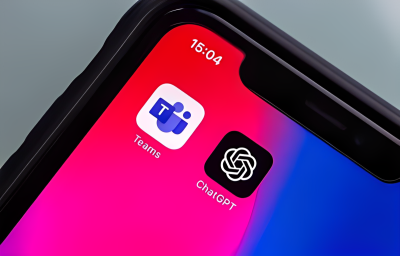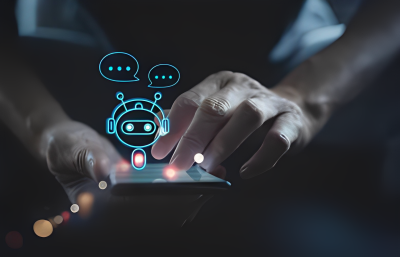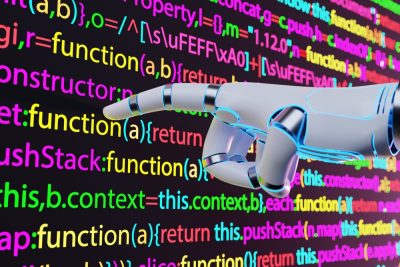Highlights:
- The tool is capable of detecting text generated by not only the neural network of OpenAI but also other companies’ software.
- The tool can proficiently analyze the text of the English language consisting of over 1,000 characters.
OpenAI LLC introduced a cloud-oriented tool that can assist users in checking whether a piece of content is written by humans or is Artificial Intelligence (AI)-generated.
This free-of-charge available tool itself works on an AI model. It is capable of detecting any text generated by not only the neural network of OpenAI but also other companies’ software. However, OpenAI has warned that the new tool has still got multiple precision restrictions.
The company’s researchers mentioned, “In our evaluations on a ‘challenge set’ of English texts, our classifier correctly identifies 26% of AI-written text (true positives) as ‘likely AI-written,’ while incorrectly labeling human-written text as AI-written 9% of the time (false positives).”
OpenAI states that the tool can proficiently analyze the texts of the English language consisting of over 1,000 characters. However, it cannot evaluate shorter text excerpts or written in other languages. Besides, the tool is yet to develop capabilities for the accurate detection of AI-generated software code.
As per OpenAI, another hurdle to the tool’s certainty is that AI-generated text can be altered to make detection more complex. “For inputs that are very different from text in our training set, the classifier is sometimes extremely confident in a wrong prediction,” researchers added.
To develop the tool, OpenAI used a training dataset that consists of a cluster of text prompts that users have submitted to cloud-based AI models. As per the company, researchers penetrated each and every prompt through multiple neural networks to create a range of machine-generated responses. Even text from other sources is used for the development process.
The software development efforts of OpenAI for the detection of AI-generated text can be traced back a couple of years back. In 2020, the company introduced GPT-2 Output Detector tool that can identify the text generated by neural network GPT-2. The neural network released in 2019, a predecessor of ChatGPT, has a limited feature set.
OpenAI detailed that the new tool released is more dexterous at evaluating the text generated by previously developed AI models.
The company’s researchers explained, “While it is impossible to reliably detect all AI-written text, we believe good classifiers can inform mitigations for false claims that AI-generated text was written by a human: for example, running automated misinformation campaigns, using AI tools for academic dishonesty, and positioning an AI chatbot as a human.”
To propagate its AI research, the startup received a multibillion-dollar investment from Microsoft Corp. a week prior to the tool’s release. The investment offers cloud computing infrastructure along with capital. Remarkably, in 2019, OpenAI partnered with Microsoft and raised one billion dollars from the company to build a cloud-based supercomputer for researchers.














